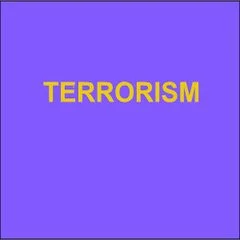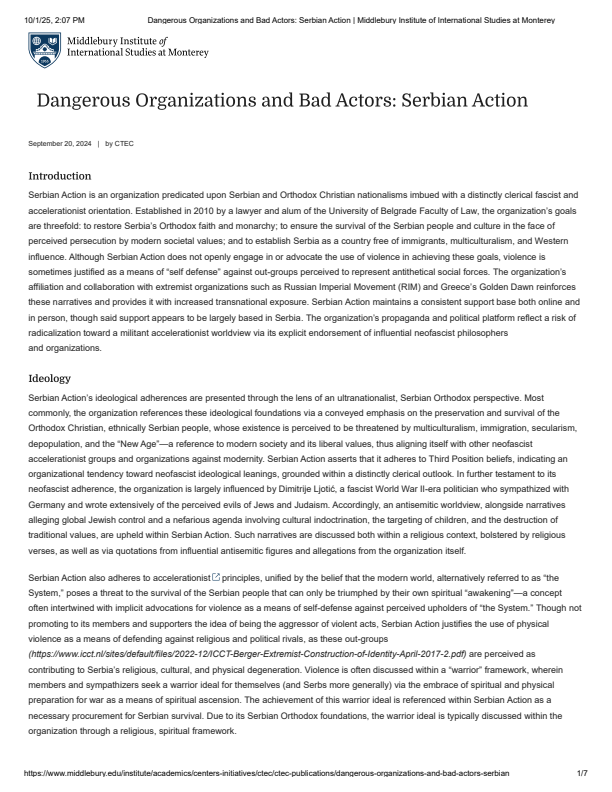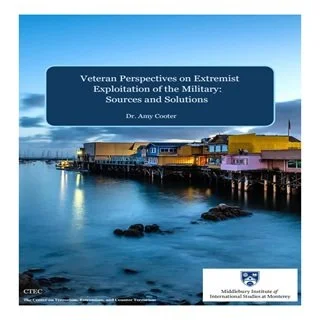By Middlebury Institute of International Studies
Active Clubs make up a decentralized network of individually-formed organizations that are centered around the premise of a white supremacist fraternal brotherhood. First introduced in December of 2020 by Robert Rundo, the leader of the white supremacist Rise Above Movement (R.A.M), Active Clubs are intended to preserve and defend the white population and traditional European culture from a perceived global genocide by non-white ethnic and racial groups.
Rundo was inspired to create the Active Club network—something he referred to as “white nationalism 3.0”—in response to the numerous arrests of R.A.M. members made in 2018. He wanted to create an organization that would be less perceptible to law enforcement, and thus less susceptible to disruption or destruction. From this, Active Clubs were born—small, decentralized organizations that would focus recruitment efforts on localized areas and thus garner less attention than traditional white nationalist organizations. This structure would also ensure that Active Clubs were not reliant on a particular physical entity or leadership figure for survival.
Active Clubs provide like-minded white men with physical spaces where they can train in mixed martial arts in preparation for war against their perceived enemies. Ideologically, Active Clubs adhere to neofascist and accelerationist principles, with the promotion of violence comprising a key theme in Active Club communication and propaganda. Located across the United States and in several countries transnationally, the Active Club network ensures that groups of men devoted to training for battle are available for mobilization in multiple locations across Western countries.
Monterey, CA: Middlebury Institute of International Studies and Center on terrorism, Extremism, and Counterterrorism, 2024.




